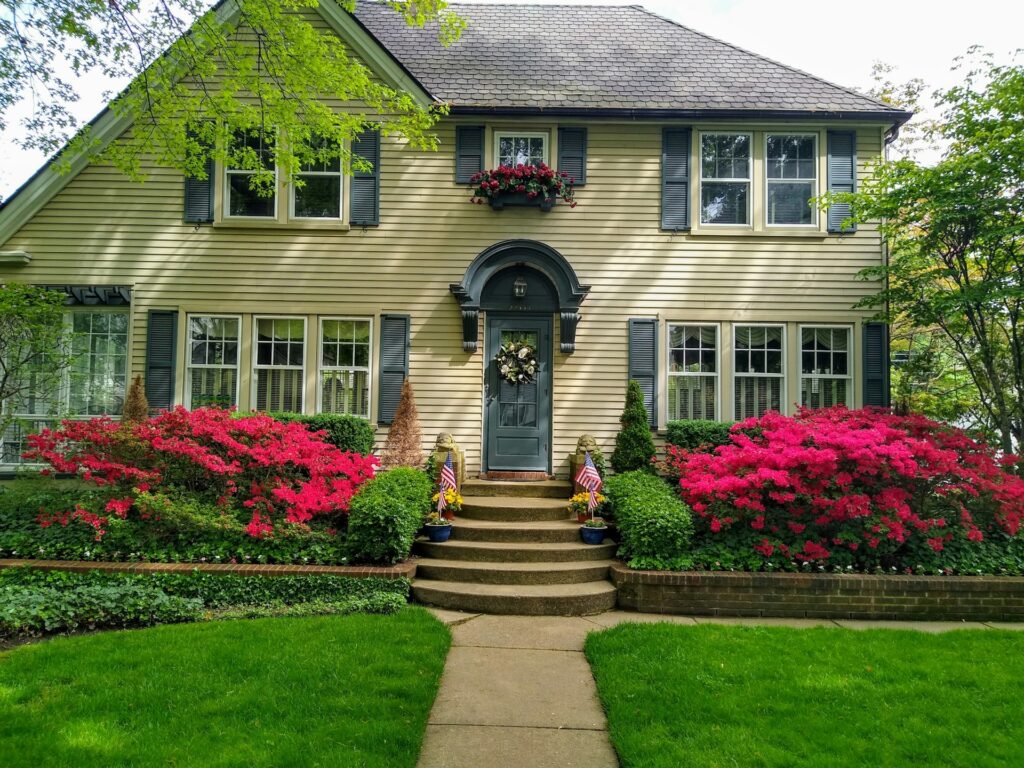
Settling into a new home in a different part of the country brings excitement and adventure. Yet, maintaining home comforts in a new climate after a cross-country move can present unique challenges. This journey requires thoughtful strategies and adaptation, from adjusting to unfamiliar weather patterns to ensuring your living space remains cozy.
Let’s explore practical steps and expert tips to help create a comfortable and harmonious living environment in your new climate!
Assessing your new climate
To offer your home comforts in a new climate, you must learn about it. Start by researching the local climate patterns, understanding temperature fluctuations, and identifying potential weather-related challenges. You need to get acquainted with the typical weather conditions throughout the year, such as hot summers or cold winters.
You must also know about severe weather events like hurricanes or snowstorms that might impact your area. Familiarizing yourself with these climate aspects will help you decide about your house, clothing, and daily routines. Doing so will make you better prepared to adapt to climate change, offering a comfortable and enjoyable living experience.
Preparing your home’s exterior
To set up your home for all the rigors of your new climate, you must shore up its exterior. Start by thoroughly inspecting your roof and gutters, checking they are in good condition to withstand the challenges of the new weather. Evaluate the insulation of your house, too, as this can significantly impact energy efficiency. Upgrading windows and doors for better insulation is also a smart move.
These steps will help regulate indoor temperatures, making your property more comfortable year-round. Taking these exterior precautions guarantees that your house remains comfy and protected, no matter what Mother Nature has in store.
Maintaining comfortable indoor temperatures
Maintaining comfortable indoor temperatures is something that directly impacts quality of life. As a result, select the right HVAC system tailored to your climate needs, checking it’s well-maintained for peak performance. Setting up a programmable thermostat also allows you to optimize temperature settings throughout the day.
In addition, using fans strategically can distribute airflow, while dehumidifiers help control humidity levels. These measures create an ideal indoor environment where you will stay comfortable year-round. Whether it’s the sweltering heat of summer or the chilly winter nights, a well-maintained HVAC system and thoughtful temperature management are the keys to your comfort. However, don’t forget to schedule regular HVAC maintenance to keep everything running smoothly!
Climate-appropriate furnishings
It’s important to focus on climate-appropriate furnishings to have a comfortable home in your new environment, starting right from the efficient unpacking after the move. Quick and organized unpacking lets you immediately assess and arrange furniture and decor that suits your new climate. Opt for light, breathable materials in warmer areas, whereas cozy, insulated furnishings are key in colder regions. Proper window treatments are crucial for insulation and light control, aiding in maintaining a comfortable indoor temperature.
Similarly, the right choice of rugs and flooring can significantly impact temperature regulation and overall comfort. By swiftly unpacking and strategically aligning your furnishings with the local climate, you can create an aesthetically pleasing space tailored to your comfort needs.

Furnish your house in a way that makes it feel comfy and natural.
Energy-efficient home improvements
Energy efficiency can go a long way towards home comforts in a new climate. Start by adding insulation to conserve heat in the winter and keep your house cool in the summer. Sealing gaps and cracks in walls and windows is another cost-effective way to prevent energy loss. Also, consider investing in solar panels or alternative energy sources to reduce reliance on traditional power grids.
These sustainable solutions help the environment and save you money in the long run. In addition, when it comes to lighting, smart interior lights can be programmed to adjust based on your needs, reducing energy consumption. By incorporating these energy-efficient improvements, you’ll enjoy a more comfortable living space and contribute to a greener future.
Landscaping for climate adaptation
Landscaping is important in setting up your home just how you like it. Consider strategically planting trees and shrubs to provide shade during scorching summers and windbreaks during colder seasons. Incorporating drought-resistant plants helps conserve water, particularly in regions with arid climates.
Adopting lawn care techniques like mulching and aerating can improve soil quality and water retention. Additionally, incorporating native plants can enhance the ecosystem and promote biodiversity. With thoughtful landscaping, you can create a sustainable outdoor space that adapts to the climate and adds beauty and value to your home!

Landscaping is a large part of what makes a property feel comfy.
Indoor air quality and comfort
Indoor air quality and comfort are essential elements for a pleasant living environment. Regular maintenance provides clean, fresh air circulation throughout your home. To enhance air quality further, consider using air purifiers and humidifiers when necessary. These devices can remove pollutants and maintain optimal humidity levels.
Effective ventilation strategies, like opening windows strategically, also help improve airflow and maintain a comfortable atmosphere. Properly addressing indoor air quality offers a healthier living space and improves overall comfort and well-being!

You should also consider incorporating plants into your home décor to maintain air quality.
Emergency Preparedness
Emergency preparedness is another way to obtain home comforts in a new climate. Therefore, create an emergency kit for extreme weather events. Then, take the time to learn about evacuation routes and local emergency resources.
You should also stay informed about weather alerts and warnings, especially if you are moving to a place like New Hampshire, where extreme weather changes are highly possible. Handling weather you’re not used to can be rough and often lead to health emergencies. That is where choosing a moving company like Preferred Movers New Hampshire becomes highly beneficial.
With their extensive experience in long-distance relocations in various weather conditions, they provide reliable moving services and offer valuable advice tailored to weather-related challenges. While independent research is always recommended, working with such a seasoned moving company guarantees that you receive expert guidance and support.
That helps safeguard your and your family’s well-being during the move, effectively mitigating the risks associated with climate-related issues.
Seasonal maintenance checklist
Prepping for a new climate takes much more forethought than just setting up new home décor. A well-organized seasonal maintenance checklist is your roadmap to a seamless transition in your new environment. It involves different seasonal tasks, from spring and summer preparations, like adjusting your HVAC system to handle scorching temperatures, to fall and winter adjustments, such as insulating your home for colder weather.
However, it doesn’t stop there; year-round tasks are also important. Regular HVAC maintenance, checking for leaks and insulation integrity, and monitoring energy consumption should be part of your ongoing routine. A comprehensive seasonal maintenance plan ensures that your home remains comfortable and energy-efficient throughout the year, allowing you to enjoy your new climate to the fullest.
Prepping for maintaining home comforts
Maintaining home comforts in a new climate after a cross-country move is ongoing. With careful planning, adaptability, and the right resources, you can create a home that perfectly suits your needs, regardless of outside weather. Your journey to harmonizing your home with your new environment is a testament to your resilience and determination. Thus, take the time to prep thoroughly and boost your chances of success as far as they go!
